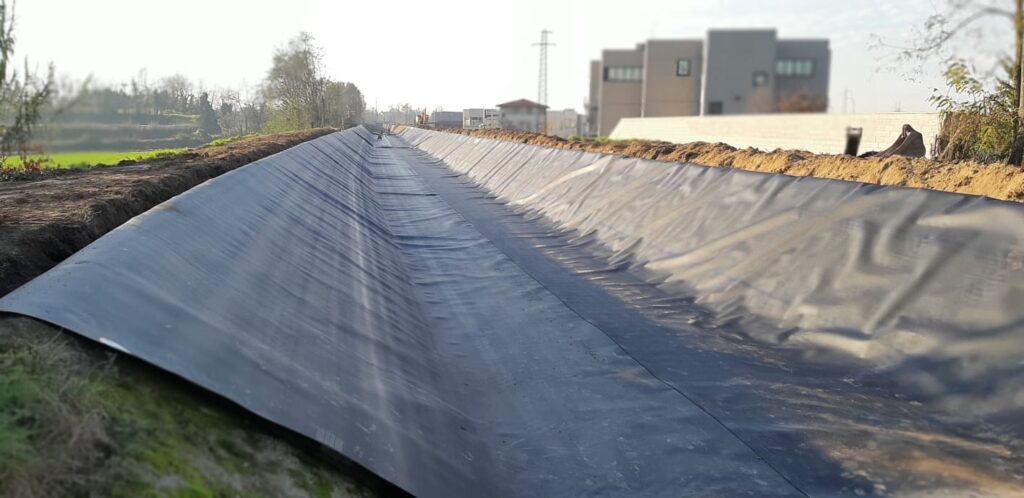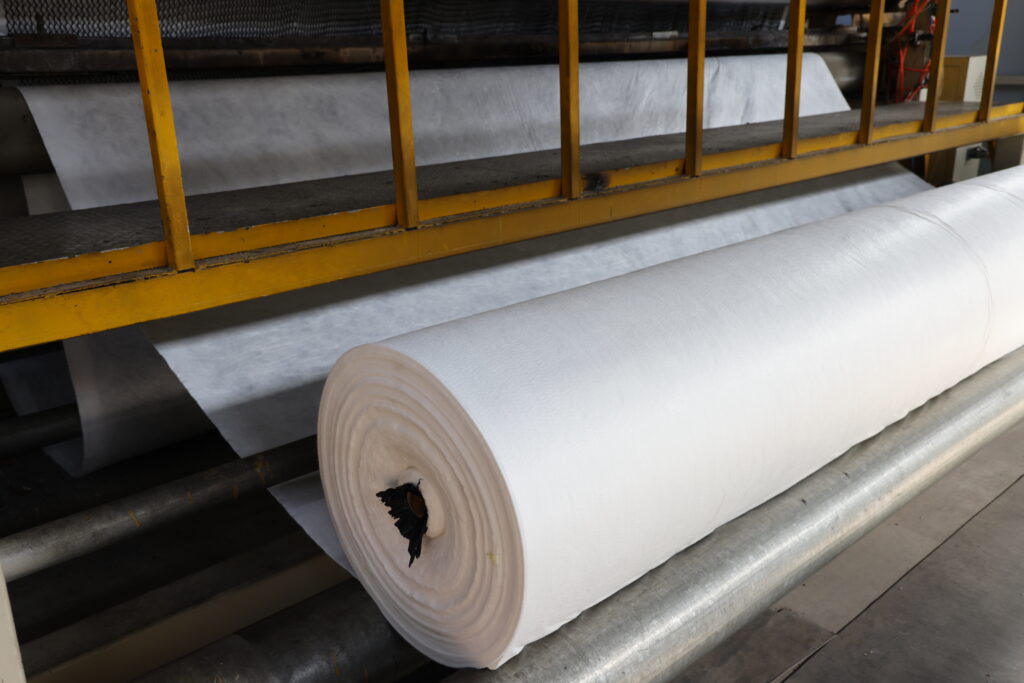What is geotextile sheet?
A geotextile sheet is a type of synthetic textile material designed specifically for use in civil engineering and environmental applications. Geotextiles are typically made from polypropylene or polyester fibers and are manufactured in a variety of weights and thicknesses to suit different project requirements.
Geotextile sheets are used primarily for soil stabilization, filtration, drainage, and erosion control. They are commonly used in construction projects such as roadways, retaining walls, landfills, dams, and coastal protection structures.
The primary functions of geotextile sheets include:
Filtration: Geotextiles act as a filter by allowing water to pass through while preventing the movement of soil particles. This helps to prevent soil erosion and maintain the integrity of the structure.
Separation: Geotextiles are used to separate different soil layers with contrasting properties, preventing the mixing of soil particles and maintaining the stability of the structure.
Drainage: Some geotextiles are designed to allow water to flow through freely, providing drainage and preventing the buildup of hydrostatic pressure behind retaining walls and other structures.
Reinforcement: Geotextiles can also be used to reinforce soil, especially in weak or poorly compacted soils, providing additional stability to the structure.
Overall, geotextile sheets are versatile materials that play a crucial role in modern civil engineering and environmental projects by improving the performance and longevity of various structures while also minimizing environmental impact.

What liner is best for a pond?
The choice of liner for a pond depends on several factors including budget, the size and shape of the pond, environmental considerations, and personal preference. Here are some common options for pond liners:
EPDM Rubber Liners: EPDM (Ethylene Propylene Diene Monomer) rubber liners are popular choices for ponds due to their durability, flexibility, and resistance to UV radiation. They are available in large sheets and can conform to the shape of the pond, making them suitable for irregular or custom-shaped ponds.
PVC Liners: PVC (Polyvinyl Chloride) liners are another common choice for pond liners. They are generally more affordable than EPDM liners and come in different thicknesses to suit various applications. PVC liners are also flexible and easy to install.
HDPE Liners: High-Density Polyethylene (HDPE) liners are durable and puncture-resistant, making them suitable for larger ponds or ponds with rough substrates. They are often used in commercial or industrial applications where strength and longevity are crucial.
Butyl Rubber Liners: Butyl rubber liners are similar to EPDM liners in terms of durability and flexibility. They are often used in situations where EPDM may not be suitable, such as ponds with high temperatures or exposure to certain chemicals.
Concrete or Cement: In some cases, ponds may be lined with concrete or cement. While this provides a very durable and long-lasting solution, it may be more labor-intensive and costly to install compared to flexible liners.
When choosing a liner for your pond, consider factors such as the shape and size of the pond, the intended use of the pond (e.g., fish pond, decorative pond), environmental conditions, and your budget. It’s also important to properly prepare the pond substrate and consider adding underlayment to protect the liner from punctures and abrasions. Consulting with a professional pond installer or landscape contractor can also help you make an informed decision based on your specific needs and preferences.
近期文章
Author
-

Founded in 2002, Tinhy's team focuses on the manufacturing, marketing, installation, application and research and development of geosynthetic materials.
View all posts

